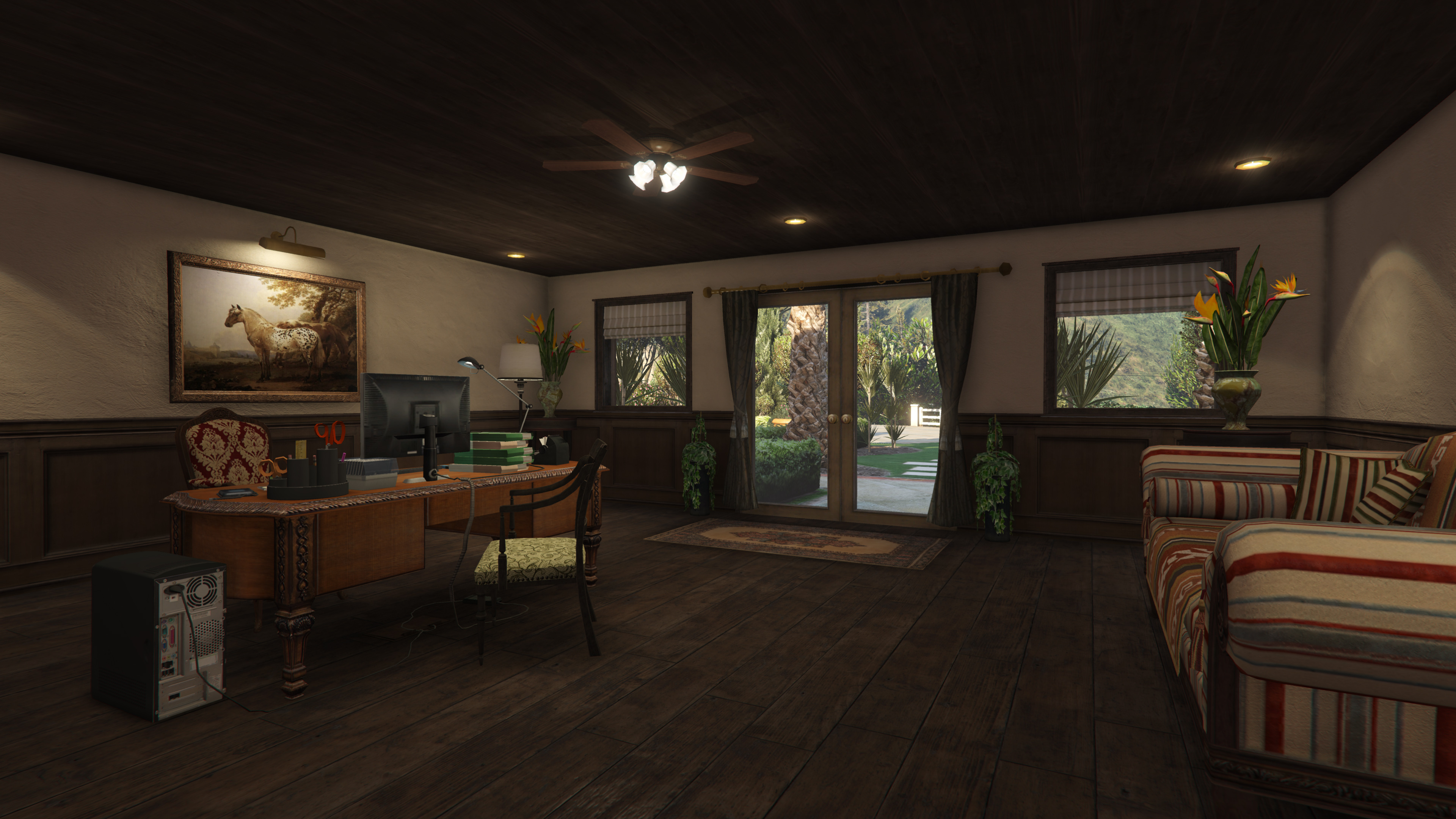
While having smooth panels looks nice, they may not completely camouflage the door. Hidden Door Ideas for Coffered and Wainscot Walls Look for a latch with more than the standard 2-3 pounds of pressure. Your hidden door is more substantial and weighs more than a typical door, so standard spring-loaded latches won’t have the pressure or power to thrust your hidden door open.


A spring-loaded latch will eliminate the need for a traditional door handle. To make your door a success, you’ll need to buy a spring-loaded latch that’s more powerful than the standard. If you choose a panel pattern that has vertical seams, then it will be easier to hide the door seams in the panel pattern. You could use repeating square panels, horizontal wooden shiplap, floor-to-ceiling panels, or vertical wood paneling. You have a lot of freedom with this choice. This look works well in modern homes since it blends in with the sleek and minimalist look. You want to create a smooth canvas across the entire wall and door. Remove any trim that’s currently around the door. Your first step is to choose the wall that you want to cover in panels. This type of secret entrance is a bit easier since you can use a standard door that you’ll cover with panels. To the unknowing observer, the wall looks like a continuous wall with no breaks. The brilliance behind a hidden paneled door is that you could be staring right at it and not know it’s even there. Then when you tilt that “book” forward, it pulls the cable, which opens the latch. Cover the woodblock with a book cover and mount it to the shelf on a hinge. Thread the cable through the bookshelf and attach it to a woodblock. You can get creative in how your door opens by installing a latch on the backside that’s connected to a cable. The bookcase door needs to sit flush with the wall but also have enough room to swing open. You can buy a pre-built Murphy door or construct your own from scratch.
/safe-room-Gaffco-2108027-crop-58b0d8a75f9b5860461ddd8c.jpg)
When creating this style of door, you’ll want to think about the depth of your bookcase. This makes it easier to attach the concealed hinges on the backside so that the door opens inward to the safe room. One thing that you’ll notice about all of these bookshelves is that they are flush with the rest of the wall. Another hidden door idea is to have a door-sized bookshelf built into the wall but this bookshelf is actually a door you can open to go into a panic room. Then there’s one section that magically hinges open to reveal a hidden space. You’ve probably seen a large bookcase that takes up an entire wall. This is one of the traditional methods for creating a hidden doorway. Whether you’re looking to add a bit of fun and mystery to your abode or are keen on some old world seclusion, these hidden door ideas are your escape from the obvious–and an endlessly fun approach at that.

One thing is certain: your home will be the winking embodiment of the phrase “more than meets the eye.”įrom Batman’s lair to the tombs of the ancient Egyptians, there are a number of inspirations behind a secret door. Many hidden door designs are deceptively easy to install, featuring a number of additional components to suit your space and needs. Clever bookshelves with a “trick” latch, wall paneling, and even built-in household implements can conceal a sacred chamber or secret passageway, providing endless entertainment and intrigue for guests and owners alike. These secret entryways were capable of guarding riches, as well as simply providing a bit of security for the room’s occupant, and continue to promise the same today.Ī secret door is your chance to get a little creative with your secrecy, regardless of what lies on the other side. Hidden doors have been used for centuries, serving as private passageways otherwise unknown to the wider household and prying eyes. Secret doors aren’t just the stuff of royals and spies the modern man is just as deserving of a little privacy, albeit with a dash of mischief.


 0 kommentar(er)
0 kommentar(er)
